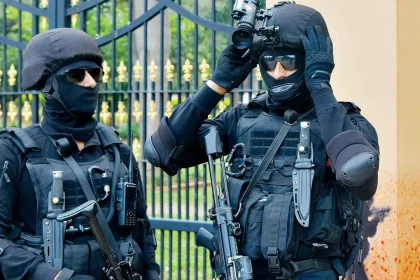NDA 2025: Killer Subject-Wise Prep Tips Toppers Don’t Want You to Know
Preparing for the National Defence Academy (NDA) exam in 2025 is a journey that requires more than mere dedication; it…
12 Sure-Shot Ways Girls Can Join the Armed Forces in 2025
Joining the Indian Armed Forces is a dream for many young women in India, reflecting a growing aspiration for equality…
Para Commando Badges: What Each One REALLY Means
The elite Para Commandos of India, part of the Indian Army’s Special Forces, are renowned for their rigorous training, exceptional…
12th Pass? Here’s How You Can Join the Indian Navy and Rule the Seas
To join the Indian Navy after completing the 12th grade is a dream for many aspiring students, especially those intrigued…
Want to Wear the IPS Uniform? Here’s the Real Step-by-Step Journey
Becoming an Indian Police Service (IPS) officer is one of the most coveted career paths in India. This prestigious role…
Step-by-Step Hack to Join NSG Commando Force – Only a Few Succeed!
Joining the National Security Guard (NSG) Commando force in India is a prestigious and daunting endeavor, reserved for the most…

